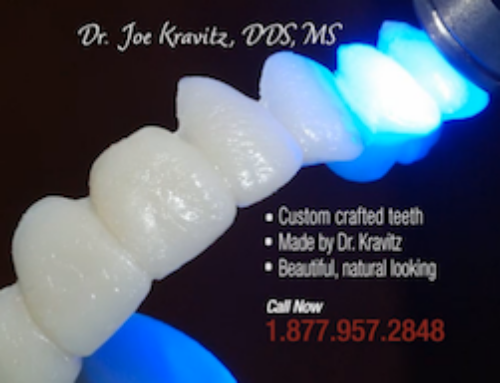
Your bone can grow into the dental implant surface so that there is a biologic connection. The bone thinks the implant is bone, so that is why the dental implant does not easily get rejected. Dental implants are made from either titanium (metal) or zirconium (ceramic).
Dental implants cannot get cavities, but they can get gum disease. Therefore, it is important to follow-up the health of your mouth with a dentist regularly.
The term for dental implant healing is osseointegration, a term first coined by Professor P.I. Branemark from Sweden in the 1960’s. The root word “osseo” means bone and “integration” means to grow into.
When a dental implant is surgically placed, a blood clot fills in the space between the bone and the dental implant. The blood clot and surrounding bone cells start a cascade of bone growth. It takes 20 days for your bone to grow 1 millimeter (very slow process). However, there are advanced surgical techniques that can accelerate the healing process. Also, one should follow a series of steps for a fast recovery.
In summary, dental implants work when the human body thinks bone is bone; moreover, it helps to follow all of the instructions from your dentist to optimize the healing process and success.




